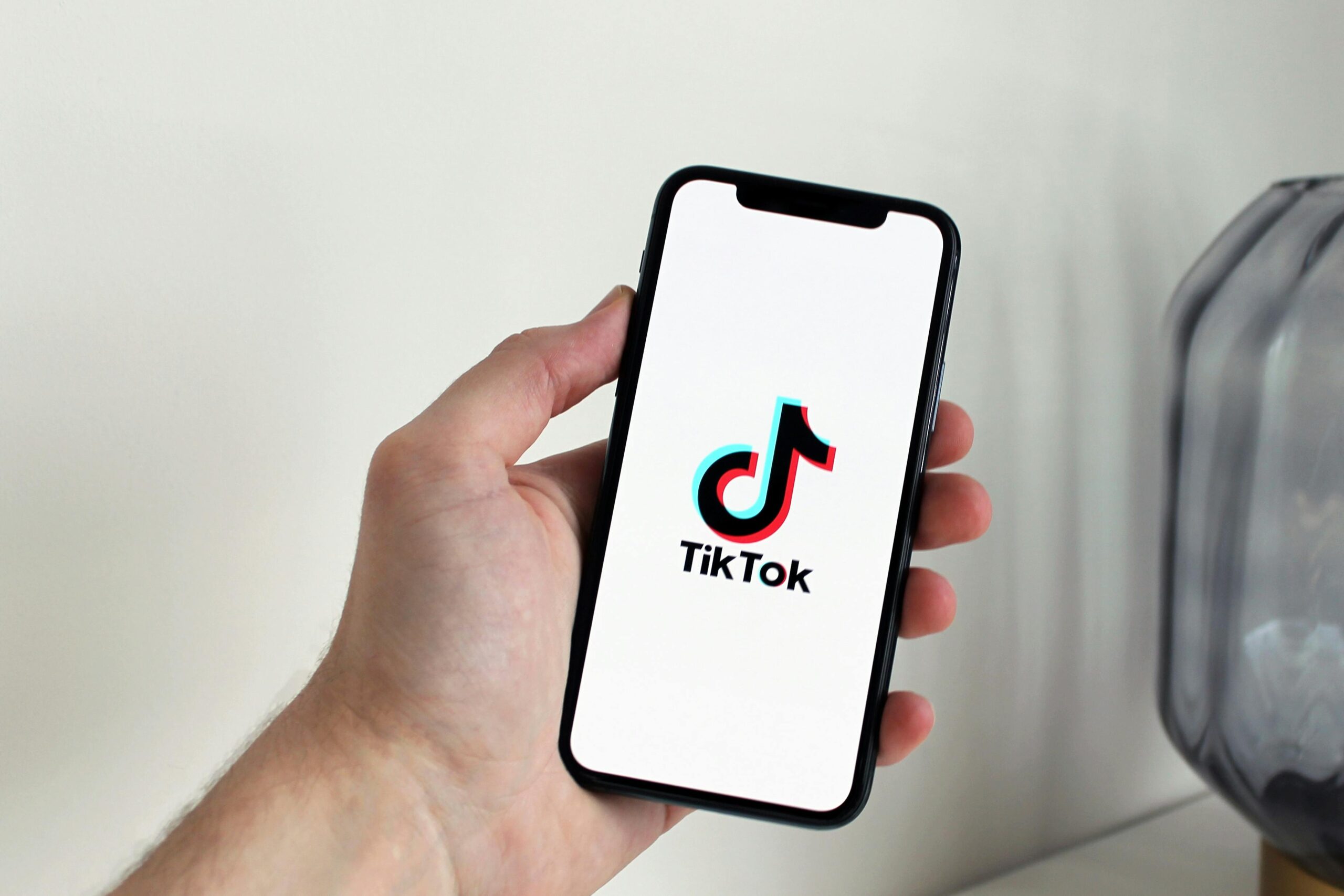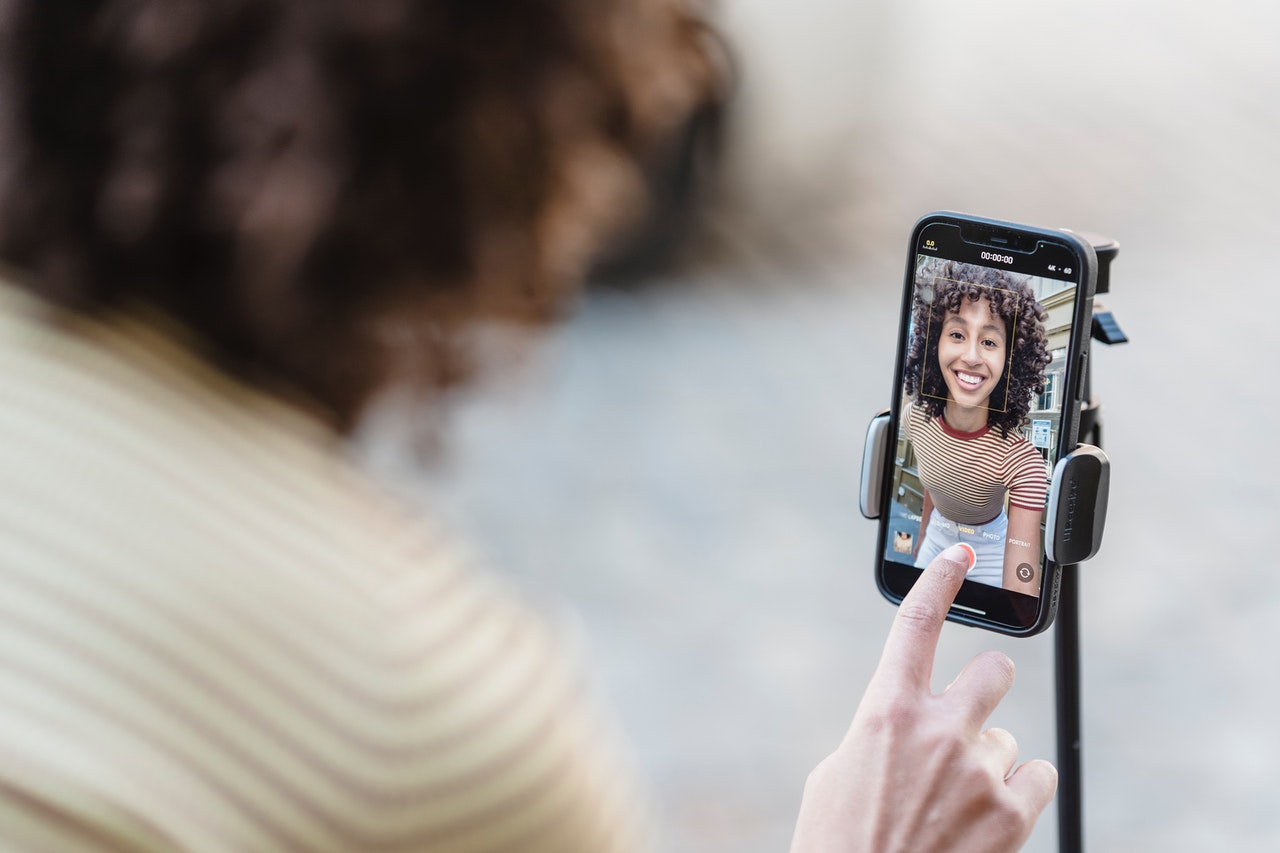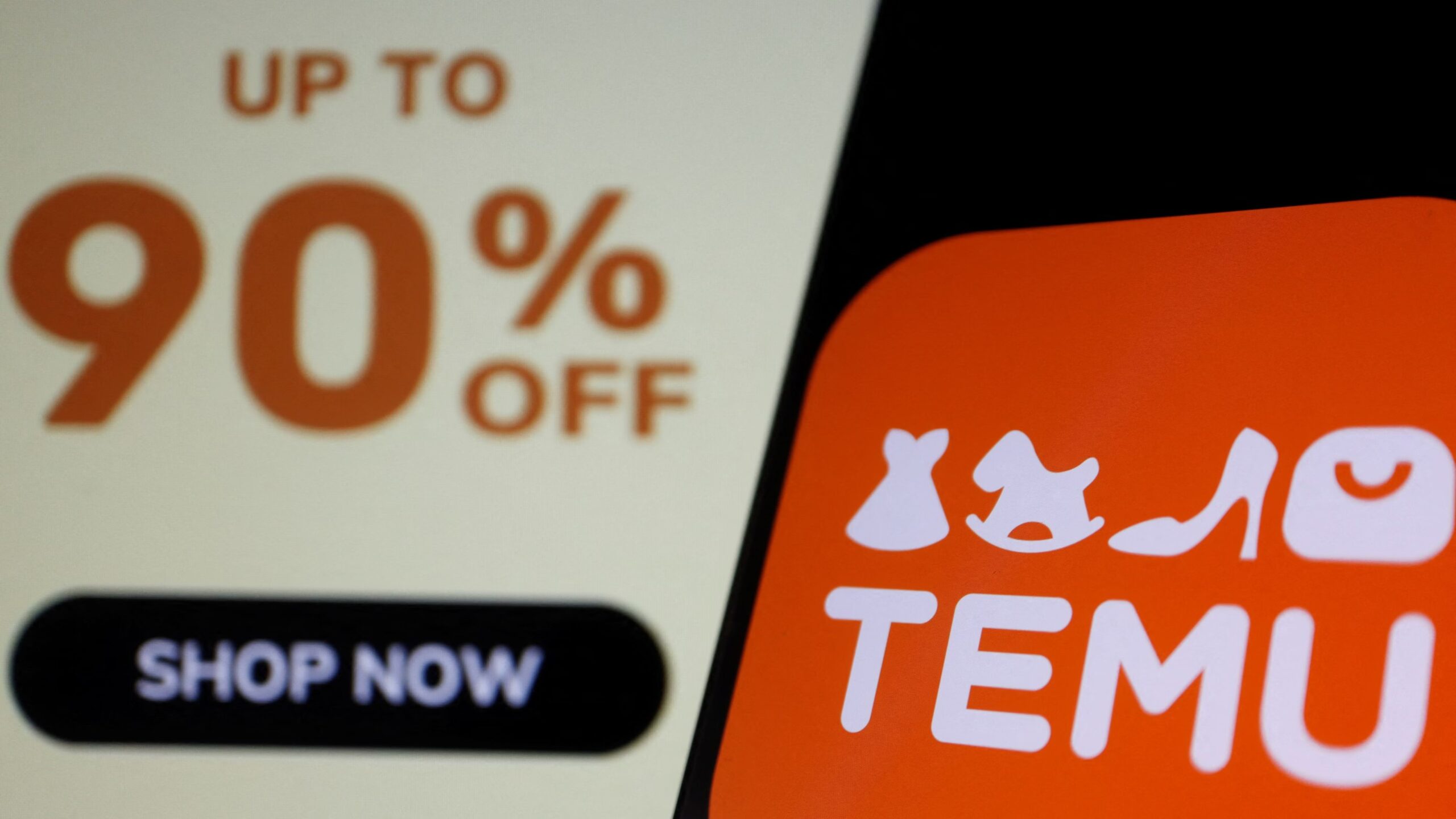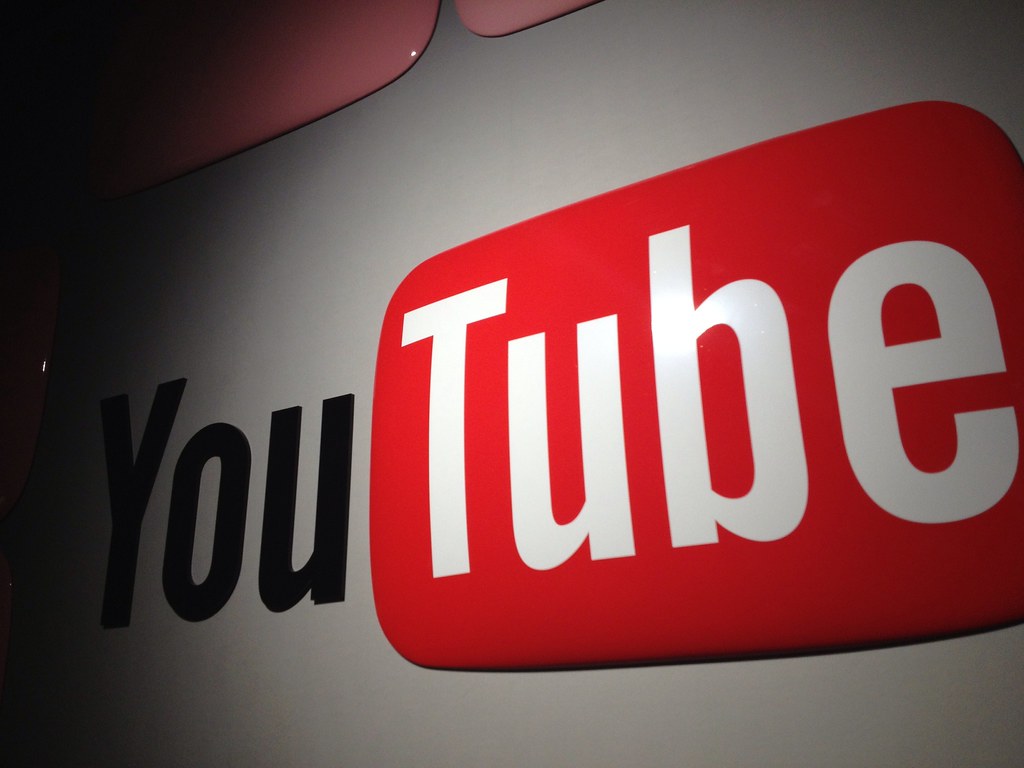Since its worldwide launch in 2016, TikTok has disrupted the social media landscape. It now claims more than 1.12 billion monthly active users worldwide. The platform evolved into a gigantic digital town square for the youth. It offers an unparalleled combination of entertainment and interaction that captivates users like never before. American users are now spending an average of 108 minutes per day on TikTok. In the process, the smart city app created a whopping $23.6 billion in advertising revenues last year.
TikTok’s Addictive Algorithm
The app became such a viral sensation in part due to its remarkable algorithm. It hooks users with a dopamine-fueled feed of perpetual scroll and addictive short-form video. This model keeps audiences scrolling autoplay-style because the algorithm learns what people want to watch next. Dr. Yann Poncin, an associate professor at the Yale University Child Study Center, illuminates this model. He uncovers how it manipulates users to act in certain ways.
“Infinite scrolling and short-form video are designed to capture your attention in short bursts,” – Dr. Yann Poncin.
TikTok provides entertainment to billions of users worldwide, and it’s a powerful tool. While this is a very positive development, it raises fears about its impact on mental health. Dr. Poncin points out the platform’s addictive quality. This addiction can interrupt sleep cycles and increase overall anxiety in its users. This reality comes to life in creators’ lives such as Alyssa McKay, who openly acknowledges her battle with scrolling.
“I’m scrolling every single day. I doom scroll all the time,” – Alyssa McKay.
ByteDance is trying to capitalize on TikTok’s viral trend while the iron is hot. The company is promising to continue growing the platform’s features and Creator tools. These improvements are clearly an effort to go head-to-head against competitors like Instagram Reels and YouTube Shorts. TikTok, just like any platform, is constantly working to create new features – or even separate apps altogether – to keep users engaged.
The Changing Creator Economy
Jasmine Enberg, eMarketer’s principal social media analyst, discusses the constantly changing yet disruptive state of creator economy in a new report.
“It’s never been easier to go viral. But it’s never been harder to turn that virality into a sustainable business,” – Jasmine Enberg.
As TikTok continues to dominate the social media sphere, it remains the go-to platform for a generation seeking quick entertainment. It only locks users in for the span of a few seconds. This change is indicative of how people are consuming content in the present day.
Author’s Opinion
TikTok’s immense reach and addictive qualities make it an undeniable force in the social media landscape, but the long-term effects on mental health and content creators should not be overlooked. As the platform grows, so too must our awareness of how its model impacts its users.










